Ume: Japan’s Most Beautiful Early Spring Blossoms
Plum Blossoms Are Out, Spring Is Here Again
Whether you like the flowers, the pickled fruit or the liqueur, Japanese plums are one of the most charming early signs of spring—and soon they’ll be in full bloom across the city.
Despite the snow that seems to be falling more regularly even in Tokyo lately, starting in early February, most regions in Japan become decorated in beautiful shades of pale to fuchsia pink. No, these are not early sakura blossoms (which, of course, also exist)—these are ume (梅), or the beautiful, often underappreciated early symbols of the Japanese spring: plum blossoms. From February to the end of March, you’ll find them blooming in private yards, parks, temples, shrines and gardens granting a decidedly festive tone to the otherwise dull days of winter. Before the sakura starts blooming and the hanami parties begin, take a moment to enjoy the lovely ume sights.
Ume throughout history
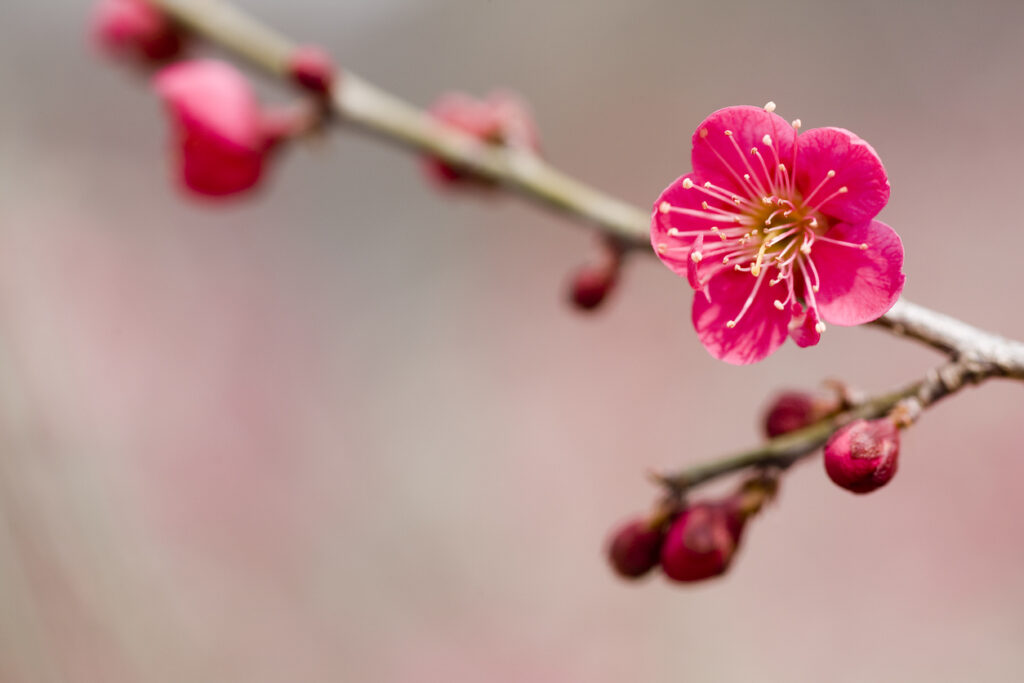 © Photo by iStock: ooyoo
© Photo by iStock: ooyooOriginally introduced in Japan as an ornamental garden fixture from China, plum trees have throughout history been associated with the arrival of spring and good fortune. As such, ume trees were (and still are) often planted in home gardens, parks and in shrine or temple grounds, often facing northeast—traditionally, the direction misfortune was meant to approach from. Plums were planted there to ward off evil.
Because of their good luck status and unique appearance, ume were the flower of spring and inspiration for hanami parties throughout Japanese history until the early part of the Heian era (794-1185) when sakura became the favorite flower of the aristocracy. Since then, those equally gorgeous spring blossoms were relegated to a sort of second-class status, with sakura forever winning the top spot in people’s hearts.
Luckily, however, for the general population, this meant that plum trees were more likely to be planted in public spaces instead of in the gardens of the rich, so plum trees became more widespread than they had once been in Japan.
Plum or sakura blossoms? Spot the differences
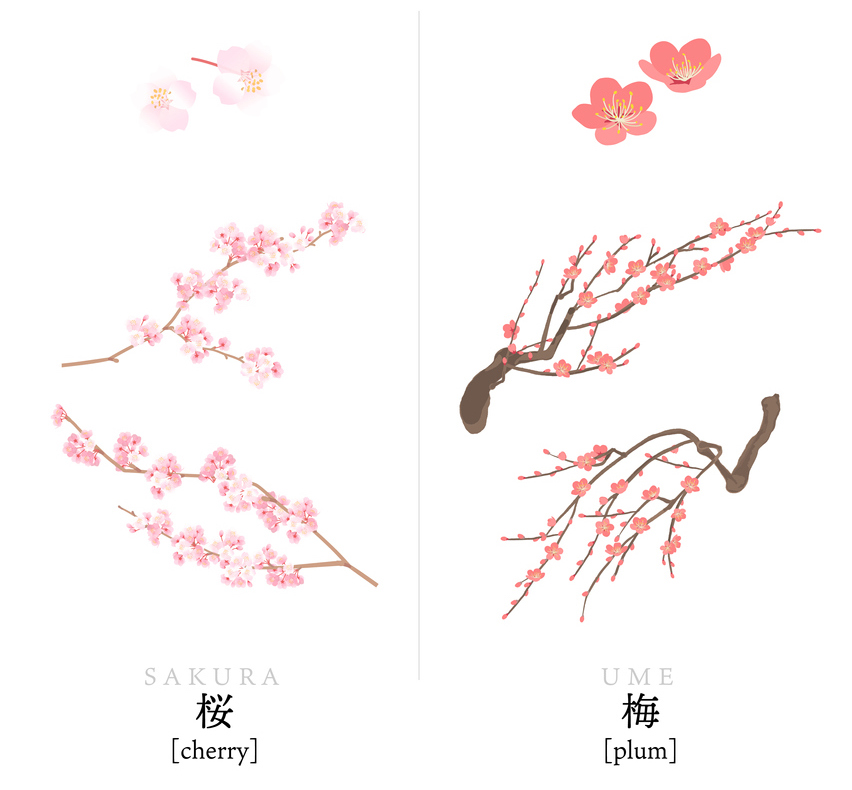 © Photo by iStock: interemit
© Photo by iStock: interemitThese first few weeks into February your social media feeds are likely to flood with beautiful photos of pink and white flowers with hashtags #sakura, only to be confronted by the well-versed who’ll say that no, we’re not quite there: it’s still the plums. It happens every year, but you can’t help it—they are both spring flowers sharing the same colors and looking quite alike. But to spare you the embarrassment of posting fake news, here’s how you can easily differentiate plum from cherry blossoms.
Other than blooming far earlier than most cherry blossoms, plum trees bloom in cold weather and lose their flowers when the weather starts to warm. Plum trees’ flowers have round-tipped petals, which typically come in five or multi-petal varieties, whereas the petals of cherry blossoms are oval and have a small notch on the top of each one. The ume flowers grow directly from the branch, not on stems like sakura, which is one reason why plum trees are more subdued than cherry trees—there are fewer flowers per tree to enjoy.
Plum trees have throughout history been associated with the arrival of spring and good fortune.
And finally, the colors of plum trees are different from the sakura. Plum blossoms come in a wider range of pinks—they can literally be of any color from white with a faintly pink tinge, to deep, almost electric fuchsia.
Where to enjoy them in Tokyo?
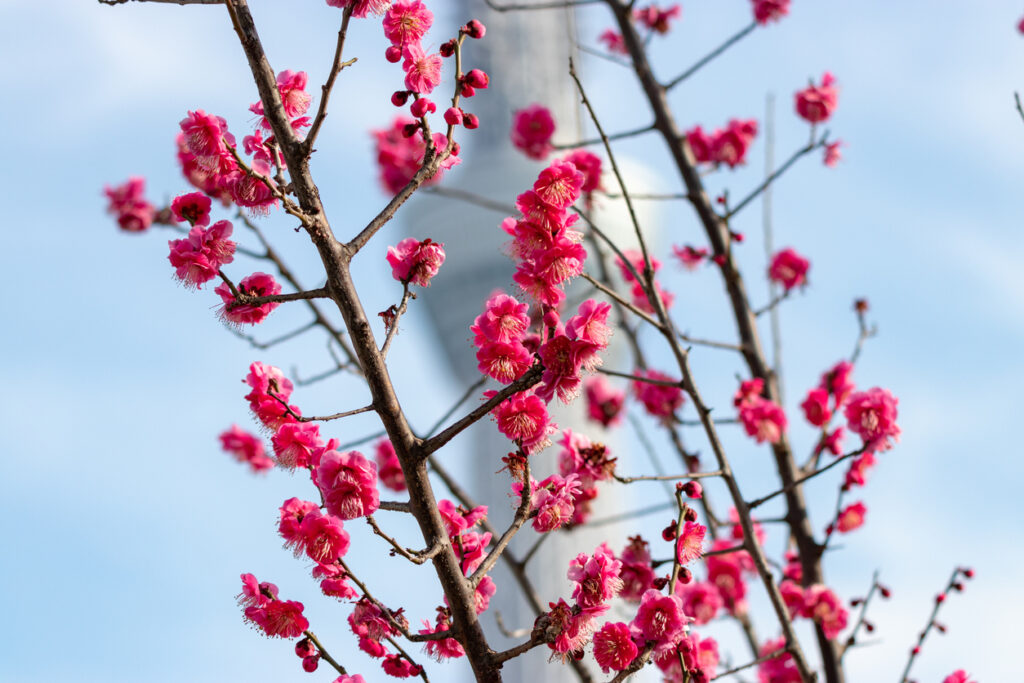 © Photo by iStock: Masaaki Ohashi
© Photo by iStock: Masaaki OhashiOne of the most classic places to enjoy plum trees in the capital is the Yushima Tenjin Shrine near Ueno, a Shinto shrine where the spirit of Sugawara no Michizane—the scholar, poet and politician of the Heian era who was also particularly fond of plum blossoms—is enshrined.
Proud of its over 300 plum trees, Yushima Tenjin Shrine hosts an annual Ume Matsuri (Plum Festival), which, this year, takes place from February 8 until March 8. Apart from the blossoms, visitors to the shrine can also enjoy quite a few events during the festival, including a karaoke competition, traditional Japanese dances, shamisen and, of course, many food stalls.
If you’d like to see a slightly less crowded festival, however, head to Kameido Tenjin Shrine in Tokyo’s Koto ward, which despite being mostly known for its wisteria trellis that blooms in mid-April, also has about 200 stunning plum trees in bloom in February.
Other notable places to see the plum blossoms include the Imperial Palace East Gardens, Koishikawa Korakuen Gardens, Zojoji Temple and Shiba Park in Minato ward (where you can see plum blossoms with Tokyo Tower in the background).
The Hanegi Park in Setagaya ward, is also home to 650 plum trees and the Setagaya Ume Matsuri, which takes place from February 11 to March 5 this year.
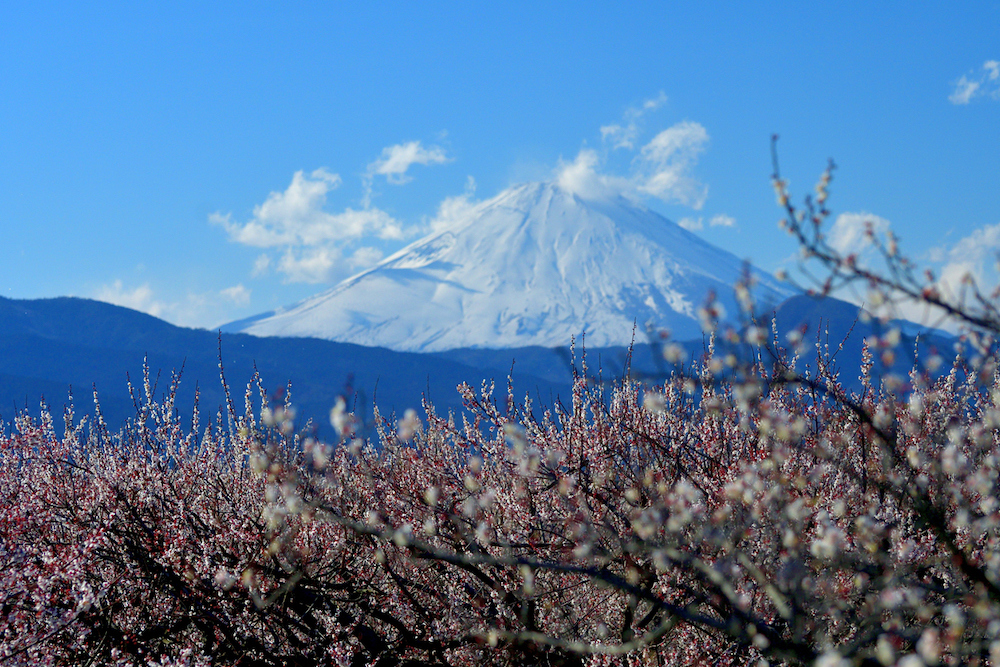 © Photo by iStock: magicflute002
© Photo by iStock: magicflute002If you don’t mind taking a longer trip, head to Odawara in Kanagawa prefecture, where you can enjoy ume until early March and see the blooming flowers at the backdrop of Mt. Fuji and the famous Odawara Castle.
Though it’s still cold outside, bundle up and head out to enjoy those beautiful first signs of spring before they pave the road to their beloved relative, the sakura!














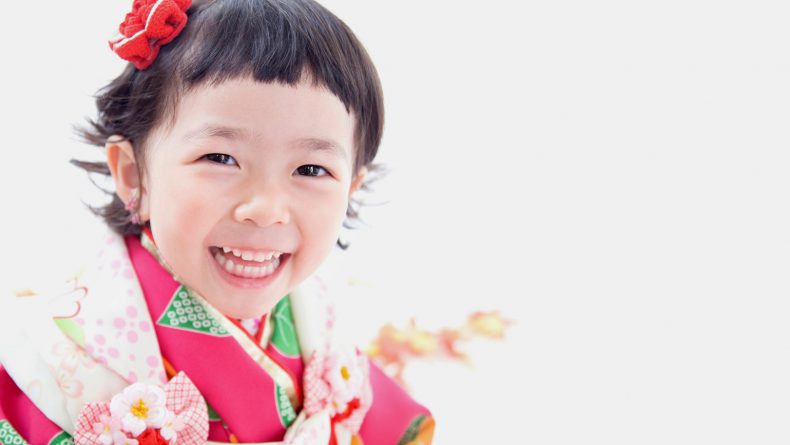
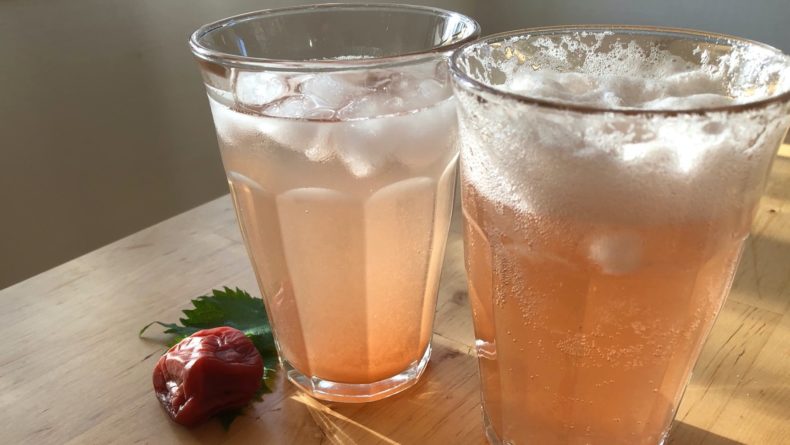
Leave a Reply